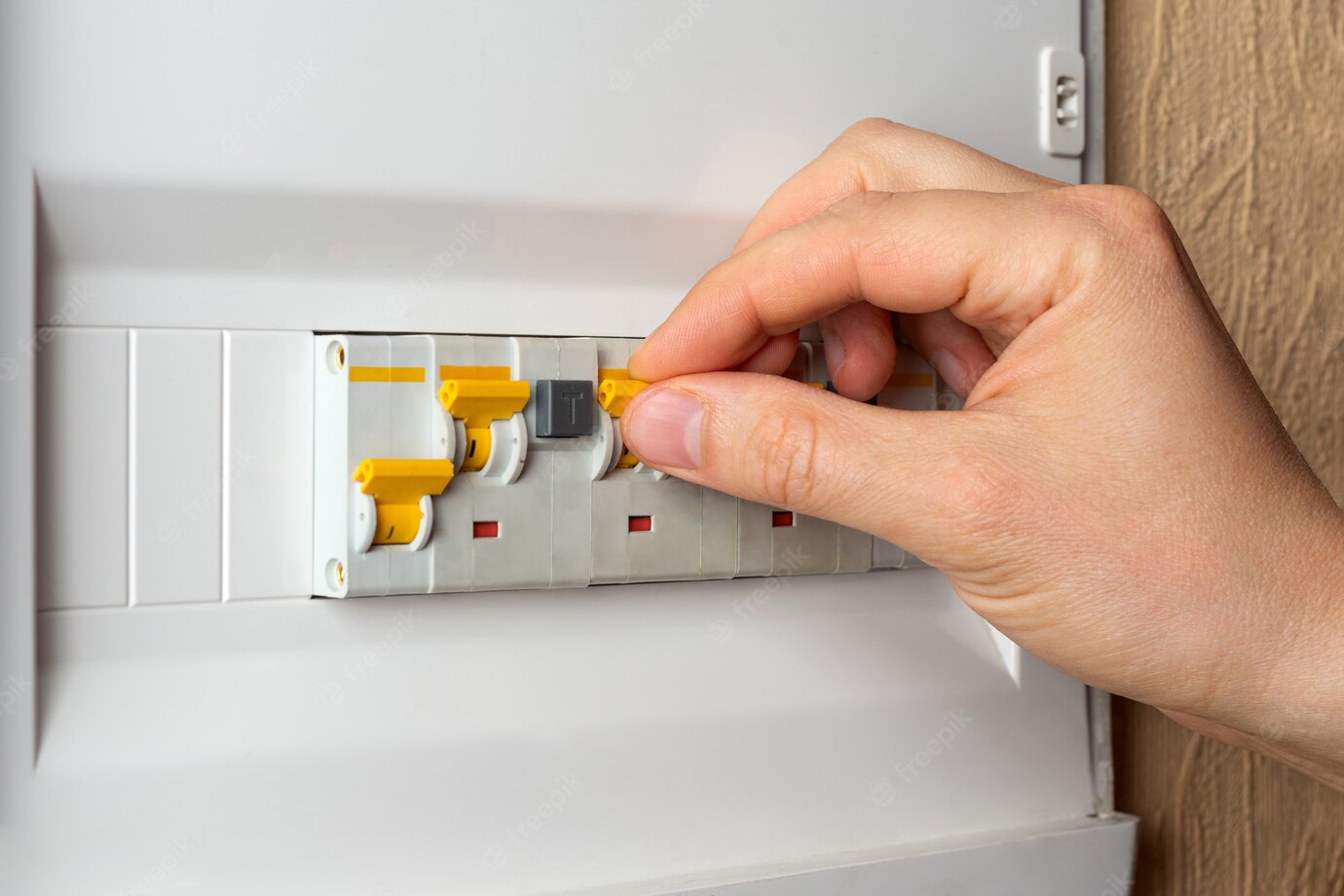Arc fault detection devices (RCDs) are essential safety devices in our homes. They have many benefits. They detect and eliminate arc faults before they cause electrical shocks and electrocution. Arc fault detection devices must comply with BS 7671:2018. Learn more about the types of RCD Testing, how they work and what the maximum surge current should be. Once you know why we need these devices, you can protect your home from electrocution.
Protecting your home from electrocution
A Residual Current Device (RCD) is a safety switch that continually monitors electrical current. It shuts off power as soon as it senses a live element. The device is designed to prevent people from getting an electric shock if they touch a live element or cut through a cable. It can also protect against electrical fires. While an ordinary circuit breaker can protect your home and appliances from an electrical overload, an RCD will protect you and your loved ones from electrical shock.
Detecting Earth Leakage
If you are having problems with tripped RCDs, you may have excessive earth leakage. You can detect it by clamping the tails of RCDs around the live and neutral conductors. If the current is over 9mA, the earth leakage is excessive. Most electrical appliances have some intentional earth leakage – it is necessary for the appliance to operate. However, there are also cases of unintentional leakage due to poor installation, conductor insulation breakdown, or moisture ingress.
Types of RCDs
A good RCD should trip in twenty-five to forty milliseconds if there is a sudden change in current. It can prevent electrocution, but it will not protect you from an electric shock if the current is flowing from phase to neutral. This is because an RCD does not differentiate between the intended load and the current that is flowing through a person. If you touch the earth, some of the electric current can still pass through your body.
Surge current limit
A residual-current device (RCD) is a two-pole electronic safety device. It is fitted with a blue test button and a connect/disconnect switch. A fault will set off the switch, disconnecting both the energized and the ground conductor. Its primary function is to disconnect a circuit with a leakage current. In the 1950s, power companies began using RCDs to prevent electricity theft. By grounding returning circuits, they prevented power thieves from stealing electricity.
Time delay
Most people are unaware of the time delay caused by RCDs. These devices are used to protect the fixed wiring in a house or building from electrical faults. They are usually fitted on the same DIN rail as MCBs, and they can be used in the same configuration as those devices. However, there are certain advantages and disadvantages of RCDs. Firstly, they cannot detect a short circuit or overload – it will only protect you against a live-to-ground short circuit.




